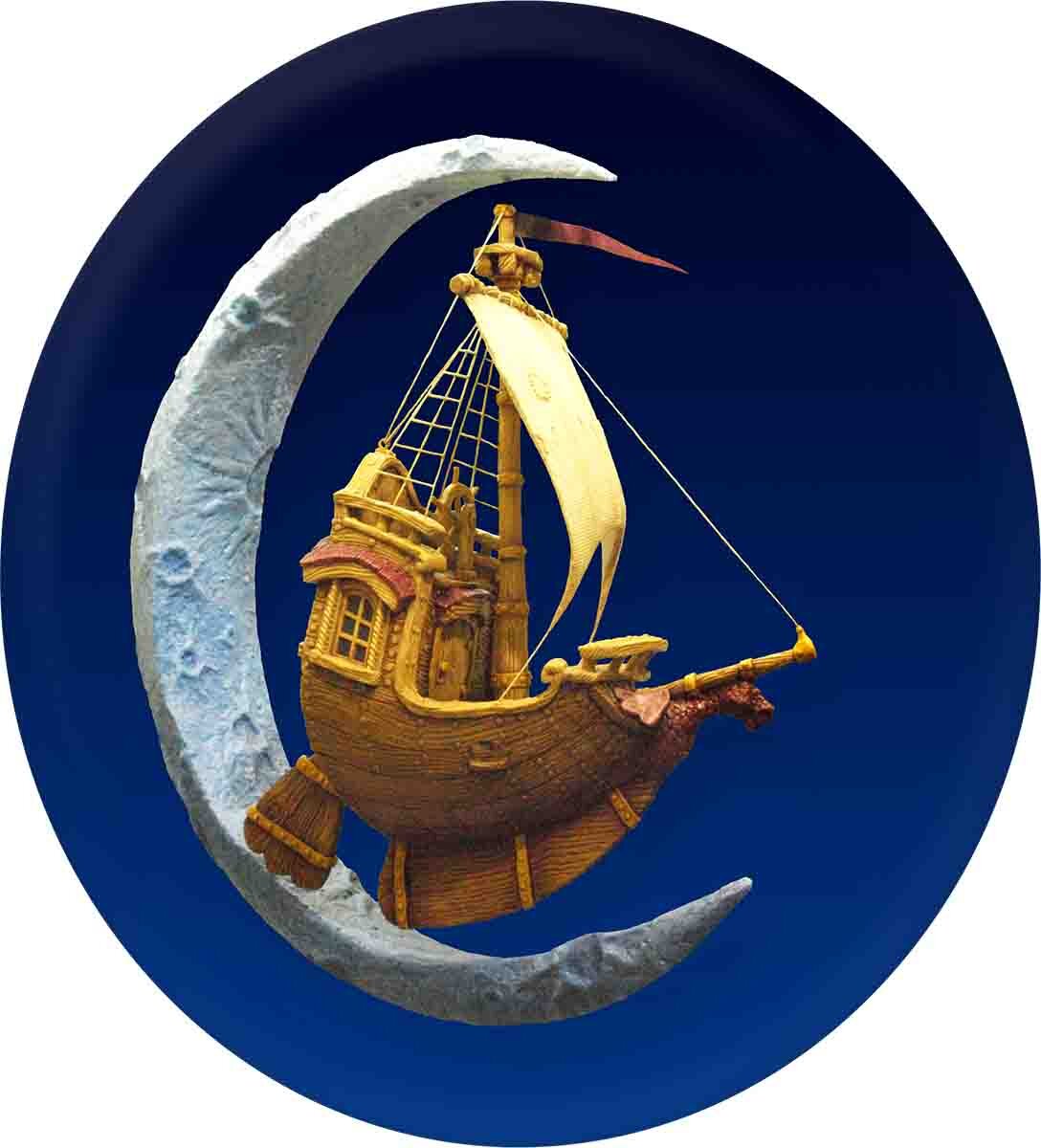We often wear a number of hats in our line of work and this project was no exception: designer, sculptor, programmer, engineer, plumber, electrician, painter, and probably a few more. But, that is what keeps this job so interesting!
Once the file came off the CNC router it was time to use some old fashioned tools. We trimmed the background piece down to size with our table saw, then cranked the blade over to forty-five degrees and cut the back sides at an angle. A sawzall whacked out the hole for the water pump and trimmed the bottom corners away to make room for the wiring. Then we drilled a hole through the middle and a groove in the back to accommodate the low voltage LED wiring.
Then it was time to play plumber. We always keep a few pieces of PVC pipe and fittings on hand, and luckily we had everything we needed here in the shop. We used a ball valve to regulate and throttle down the water flow. Then we used angle fittings to drop the pipes down and around to where the water would come out. We also flattened the pipes by heating them up a little before shaping them.
We used a bit of sculpting epoxy to fasten the LED lights in place, angling them slightly towards the background. Then we cut an opening in a piece of 30 lb. Precision Board HDU to form the top of the display. The hole in the centre will be the lake into which the water falls. The submersible pump will be just under the water.
Now the hard part is done and the fun begins!
To check how it will appear when the logo sits in the finished cabinet we cut a hole in a piece of MDF which we’ll prop up in front, from time to time, to check our work.
Next instalment, we’ll get started on the scenery.















